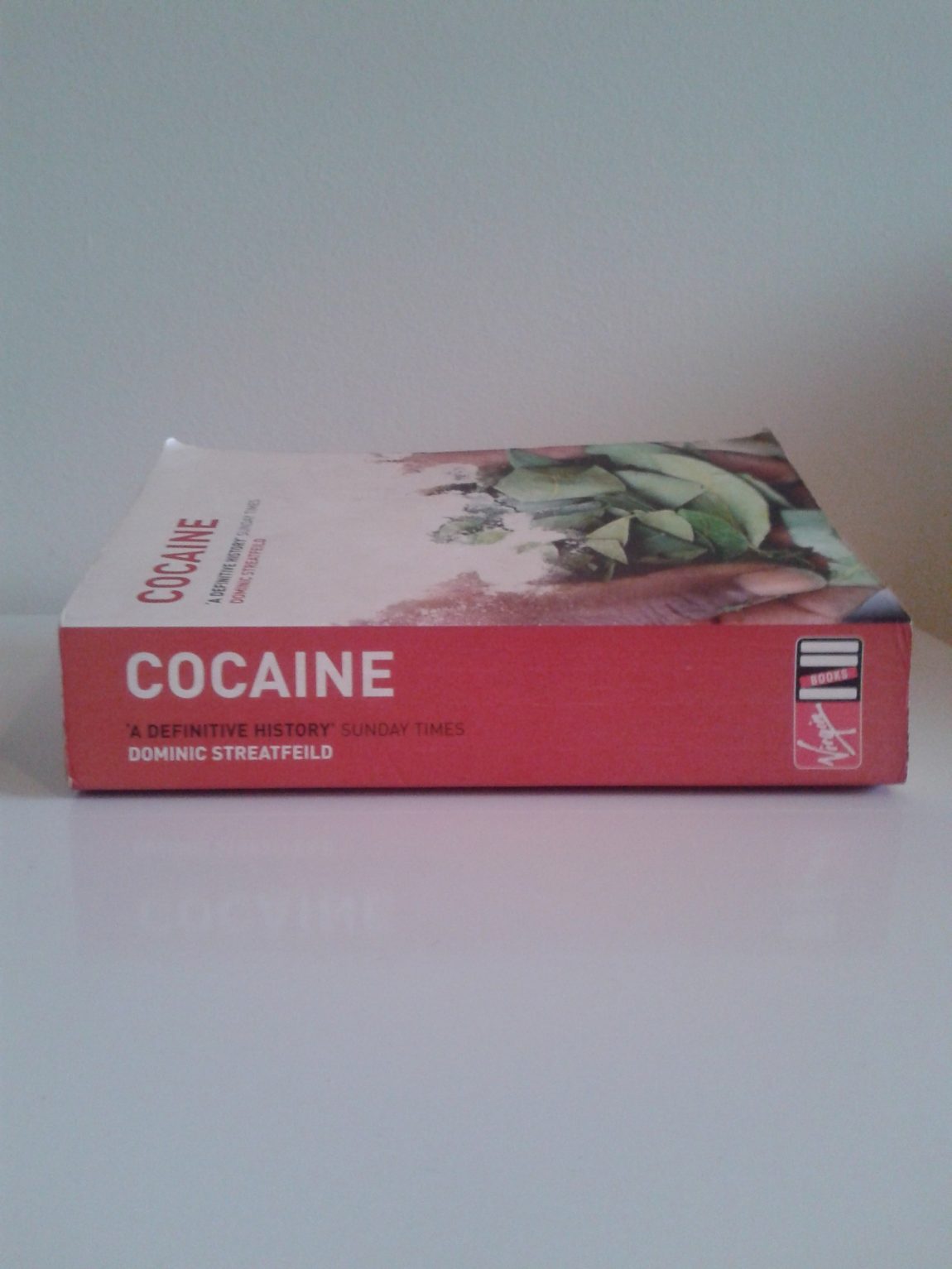Between reading “What to Expect When You’re Expecting”, and flicking through baby name books, I’m halfway through Dominic Streatfeild’s “Cocaine: A Definitive Guide”. I appreciate it’s an unlikely reading list.
Cocaine is an excellent social history of the product, in the same ilk as Mark Kurlansky’s “Salt” and Ian Williams’s “Rum”. Now, you might wonder where I’m heading with this but it turns out that cocaine played its part not only in the early success of soft drink Coca-Cola but also in the 19th-Century wine industry. No, not to keep winemakers awake during harvest but as an ‘ingredient’ in Vin Mariani.
Angelo Mariani, a Corsican chemist living in Paris, launched Vin Mariani in 1863. Coca leaves were steeped in wine in a period when cocaine and coca products were praised by many for their anaesthetic and mood-enhancing properties. The wine became a big success, particularly among the period’s leading figures.
The chemist sent free cases to celebrities, many of whom then endorsed the product in writing. The endorsements can be found in “Portraits”, a 13-volume series of letters he later published. The first man to fly across the Channel in 1909, Louis Bleriot, wrote “I toke the precaution of bringing a small flask of Mariani Wine along with me, and it was a great help. Its energetic action sustained me during the crossing.” I’m sure it did, Louis.
Streatfeild also picks out a few other well-known individuals who took a liking to the wine and its effects including Thomas Edison, sculptor Auguste Rodin, Norwegian writer Henrik Ibsen and Pope Leo XIII, “from whom he [Mariani] received a special papal gold medal honouring his creation.”
Alas, the evidence against the use of cocaine gathered pace over time in the U.S, in particular, where its use – and misuse – became widespread.
In 1902, Coca-Cola “voluntarily removed all the cocaine from their beverage” after complaints that children and adults alike were addicted. 100 years later, the soft drink is still getting it in the neck, but this time sugar is the root of the evil – or at least, the root of rotting teeth and expanding waistlines.
Then along came Harvey Washington Wiley, chief chemist to the U.S. Department of Agriculture. He introduced the Pure Food and Drug Act of 1906, which introduced food labelling for the first time. Unfortunately for Vin Mariani and other coca-containing products, the Act forced them to “remove the coca or ditch the product…Angelo Mariani introduced a special cocaine-free Vin Mariani for the American market but it didn’t sell,” explains Streatfeild.
More than 100 years later, ingredient labelling on wine is still a hot topic – should they/shouldn’t they tell us exactly what’s in the wine – and if consumers knew, would they still drink it? Some producers including California’s Ridge Vineyards have voluntarily adopted ingredient labelling in the last year but compulsory labelling is still a long way off. Meanwhile, flavoured wine including “rouge cola”, which launched in 2013, is seen as an innovative new direction for the industry but are we reinventing the wheel? While class A drug-laced wines aren’t likely to hit the shelves in the foreseeable future, Streatfeild’s “Cocaine” seems to suggest that our “new” ideas are rather older than we realise.

